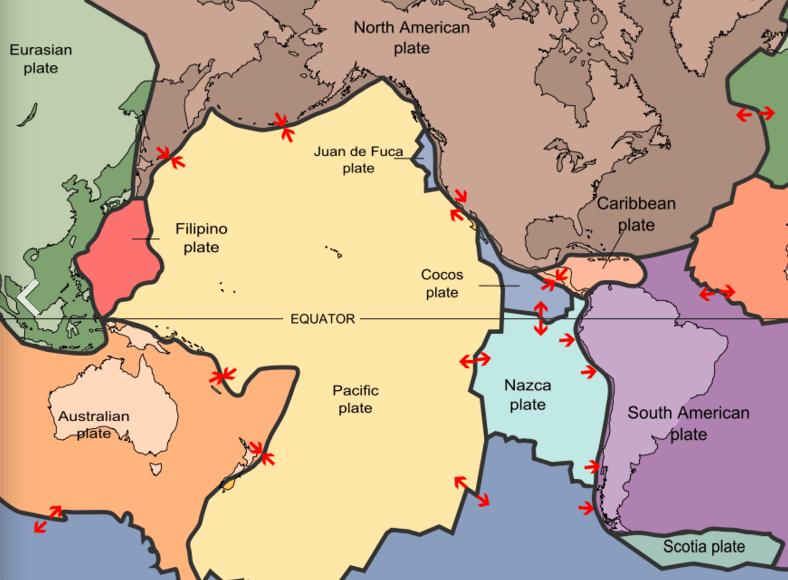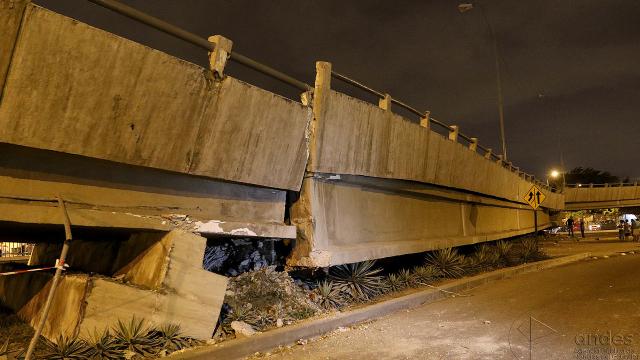Japan and Ecuador were rocked by major earthquakes over the weekend, prompting speculation that the two seismic events were somehow related. Here’s why that’s extremely unlikely.
On Saturday, April 16, a 7.0 magnitude earthquake struck Kumamoto City in Japan’s Kyushu Region. Just hours later, a powerful 7.8 magnitude quake hit Ecuador, about 27km from the town of Muisne. The death toll in Japan has reached 41, but the quake in Ecuador — which toppled structures across a region extending hundreds of kilometres — has killed at least 350 people and injured over 2500. Officials are still trying to get a handle on the extent of the damage at both sites.
It’s not often that a pair of very large quakes happen at practically the same time, so it’s reasonable to wonder if they were somehow related, or if earthquakes are happening with more frequency.
It’s true that some quakes can trigger other quakes, sometimes as far as 1000km away. Shifting faults can cause nearby fault lines to slip, resulting in a “double-fault earthquake”. The 1812 earthquake in San Juan Capistrano — in which the San Jacinto fault triggered the San Andreas fault — is a good example. Also, foreshocks can precede a larger event, which is what happened in Japan. There was a 6.2 magnitude quake that struck the region two days before the big one on Saturday. And of course, aftershocks are common after an earthquake.
So are the earthquakes in Japan and Ecuador related? Scientists say it’s incredibly unlikely. Not only are the two sites too far apart geographically (14,484km), the quakes were not connected from a seismological perspective.

Image: USGS.
Both Japan and Ecuador are located on the so-called “Ring of Fire” around the Pacific Ocean, but that’s where the similarities end. Japan’s two quakes, which were quite shallow, were caused by a fault within a single plate. But the quake in Ecuador was a “megathrust” event involving the South America and Nazca plates. Megathrust quakes like the one in Ecuador happen in the boundary zone where a tectonic plate slides under another, whereas the earthquake that happened in Japan involved a different kind of fault, called a strike-slip, on top of the Eurasia plate.
As for the possibility that earthquakes are increasing in frequency, the New York Times offers a reasonable explanation:
The geological survey, which monitors earthquakes around the world, says the average number of quakes per year is remarkably consistent. For earthquakes between magnitude 7.0 and 7.9, there have been some years with more than 20 and others with fewer than 10, but the average, according to the survey, is about 15. That means that there is more than one per month, on average, and by chance, sometimes two quakes occur on the same day. (Also by chance, the world sometimes goes a month or longer without a 7.0-plus quake, as it did between July 27 and Sept. 16 last year.)
In short, we’re not experiencing more earthquakes. We’re just getting better at detecting them, and an increasing number of people are in areas likely to be affected by them.
[New York Times, New Scientist]
Top: Collapsed bridge in Guayaquil, Ecuador. (Image: AgenciaAndes CC BY-SA 2.0)
